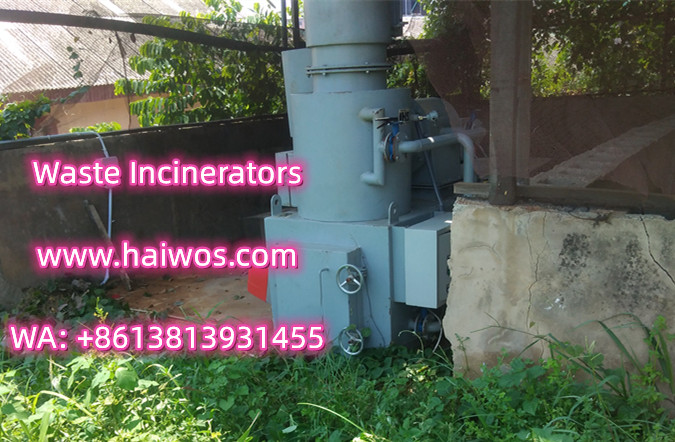Incineration is a process that involves burning waste materials at a high temperature until they are reduced to ashes. This method is increasingly being used as a way to reduce the amount of waste sent to landfills and to minimize pollution caused by landfill sites. Incineration has several benefits, and when done properly, it can be an effective solution for managing waste and reducing pollution.
One of the main advantages of incineration is that it significantly reduces the volume of waste sent to landfills. When waste is burned at high temperatures, it is reduced to a much smaller volume of ash. This means that less space is needed for waste storage, and landfills can be used for much longer periods of time. In addition, incineration can help to alleviate the strain on landfill sites, which are often overflowing and causing environmental damage.
Furthermore, incineration can also help to reduce pollution caused by landfill sites. Landfills can produce a range of pollutants, including methane gas, which is a potent greenhouse gas that contributes to climate change. In addition, the decomposition of waste in landfills can also lead to the release of harmful chemicals and toxins into the environment. By diverting waste from landfills and utilizing incineration, these harmful pollutants can be minimized, leading to a cleaner and healthier environment.
Another benefit of incineration is that it can generate energy. The heat produced by burning waste in incinerators can be used to generate electricity, which can then be used to power homes and businesses. This is a valuable resource that can help to reduce reliance on fossil fuels and decrease greenhouse gas emissions. By using incineration to generate energy, we can effectively turn waste into a useful resource and contribute to the transition to a more sustainable and environmentally friendly energy supply.
However, it is important to note that incineration must be done in a carefully managed and controlled manner to minimize its environmental impact. This includes the need for strict air pollution control measures to ensure that harmful emissions such as dioxins and heavy metals are not released into the atmosphere. In addition, proper waste segregation and sorting systems are needed to prevent the incineration of hazardous materials that can produce harmful by-products.
In conclusion, incineration can significantly reduce landfill waste and pollution when done properly. By burning waste at high temperatures, the volume of waste sent to landfills is reduced, and harmful pollutants are minimized. Furthermore, incineration can also produce valuable energy, contributing to a more sustainable energy supply. However, it is crucial to ensure that incineration is carried out in a responsible and environmentally friendly manner to maximize its benefits and minimize its impact on the environment.



